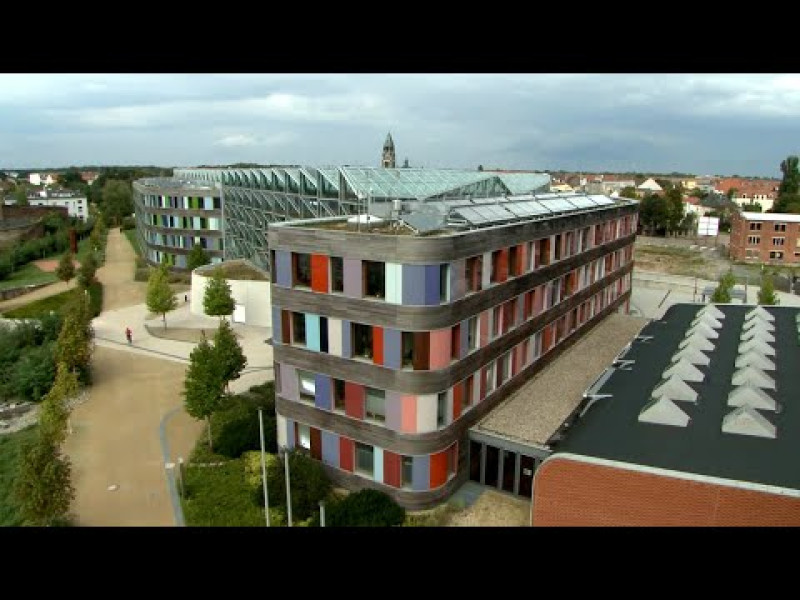New: Maps on air quality
Federal Environment Agency provides new online service
What is the annual average level of atmospheric particulates (PM10), nitrogen dioxide (NO2), and ozone pollution in Germany? All the answers are now available, totally free of charge, from the Federal Environment Agency at http://gis.uba.de/Website/luft/index.htm. The data in this geographic information system (GIS) provide a quick look at the regional distribution of air pollution in Germany, dating back to 2001. Site visitors can enhance the data on air with other geographical information about cities, rivers, and metropolitan areas, and by focusing on certain characteristics such as peak loads.

